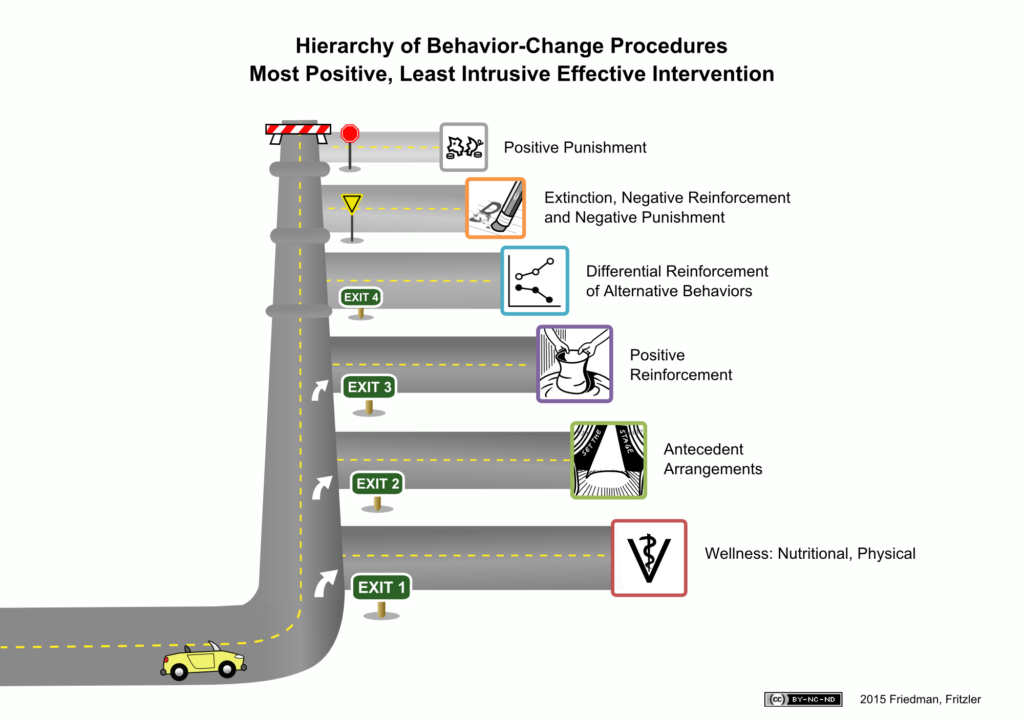What Are Some Ways to Apply ABA to Animals?
Graduates from ABA or BA programs have found jobs in a variety of fields, such as academic positions in Psychology and Animal Science departments, as behavioral directors or researchers at National Zoos and Aquariums, as behavioral directors at animal shelters, and in other behavior-related positions in a variety of private and public organizations.
However, one can (and should!) apply ABA knowledge to everyday situations with your own animals. For example, be cautious of circular reasoning (e.g., the reason why my dog barks when he is home alone is because he has separation anxiety), mentalism (e.g., my cat peed on my bed to get back at me), and inhumane treatment (e.g., reliance on devices designed to administer aversive stimuli: choke chains, prong collars, shock collars, etc.).
One thing to consider is that knowledge of behavior principles, while necessary, is not sufficient to effectively work with animals. The same way that BCBAs need clinic hours to be effective clinicians, dog trainers and behaviorists need training and consulting hours to be effective at guiding pet owners. Therefore, we recommend that practitioners with a background in ABA partner with a mentor to gain relevant experience prior to starting a private animal behavior practice.
Another consideration is that, sometimes, what is typically considered humane when teaching humans is not considered humane when teaching non-human animals. For example, a typical method of teaching a new skill to a child is to utilize least-to-most prompting. However, to a non-human animal, manipulation of the body is quite aversive and, therefore, this method is not recommended. A good rule of thumb is that it is usually best to not touch a non-human animal when you are teaching them new things (unless your touch is a reinforcer!). Frequently, the most effective and humane method of training will involve altering antecedents, appetitive Pavlovian conditioning, shaping, differential reinforcement of other or alternative behavior. A careful and infrequent use of extinction and negative punishment may be employed with rare instances of negative reinforcement in certain emergency situations. For more information on humane methods, please see Behavior Works by Dr. Susan Friedman.

